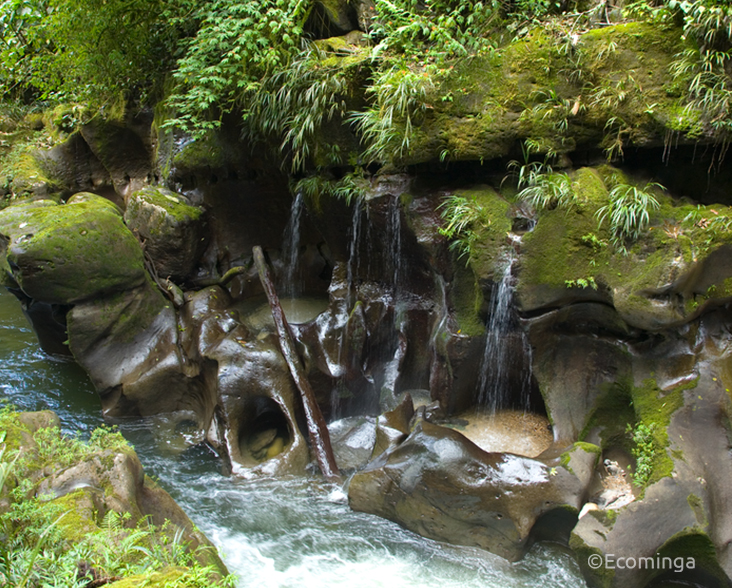Quechua glabrescens
Class: Magnoliopsida
Order: Asparagales
Family: Orchidaceae
Scientific Name: Quechua glabrescens
IUCN Red List status: Not Evaluated
Description
When EcoMinga President Lou Jost discovered this plant in Ecuador’s Río Anzu Reserve over a decade ago, he had trouble identifying its genus – an unusual predicament for a highly experienced orchid expert like Lou.
A match for the mystery orchid was eventually found 1,000km away in Peru, where it had been recorded just twice since the 1970s, under the name Spiranthes glabrescens. Upon this discovery, Lou and fellow orchid expert Gerardo Salazar realised the plant’s leaves, roots, pollen, and non-resupinate (upside-down) flowers didn’t match those of other Spiranthes orchids – and thus a new genus was born.
Climate and Range
The newly dubbed Quechua glabrescens has yet to be found anywhere other than the Río Anzu Reserve and the two collection sites in Peru, making this an exceptionally rare plant.
Río Anzu is situated in the Amazonian foothills near the town of Mera, in central Ecuador’s upper Río Pastaza watershed. This part of the watershed has a limestone geology atypical for the region, which combined with an unusually wet climate has led to the evolution of many locally endemic plants. The area around Mera is home to around 50 plant species found nowhere else on the planet.

Threats and Conservation
The discovery of Quechua glabrescens in Río Anzu’s limestone canyon was a particular stroke of luck, as part of its habitat here in this biodiverse corner of Ecuador is already protected. However, with the orchid’s continued presence in Peru uncertain, the area around Río Anzu urgently needs additional protection if the survival of Quechua glabrescens is to be assured. Most of the tall forests around the reserve have already been cut down for valuable timber, and if we do not act, those that remain will likely be cleared for cattle pasture, cash crop plantations, or oil extraction projects.
By donating to WLT’s Life on the Edge appeal, you can help to expand Río Anzu and hand a vital lifeline to this unique plant.
